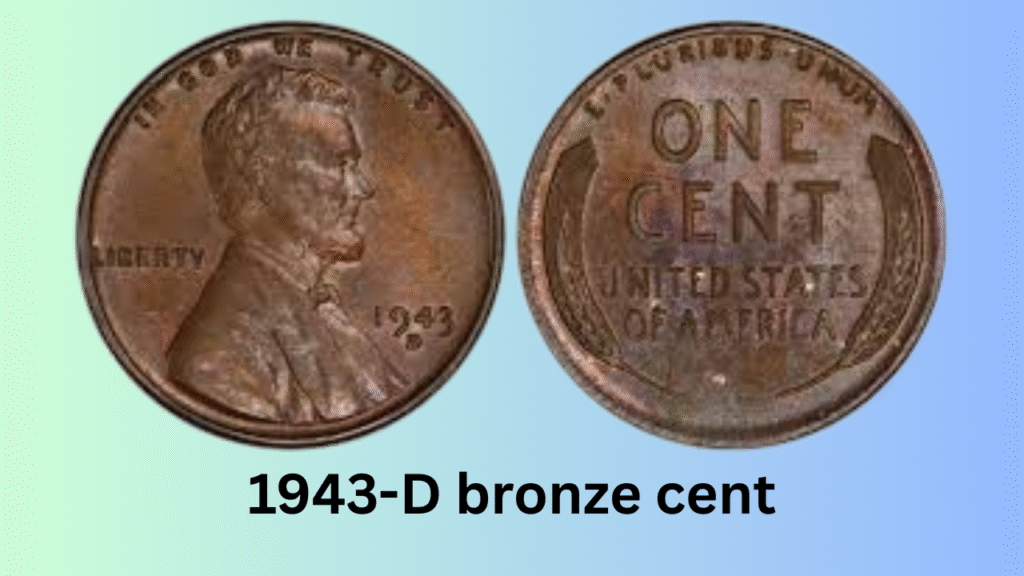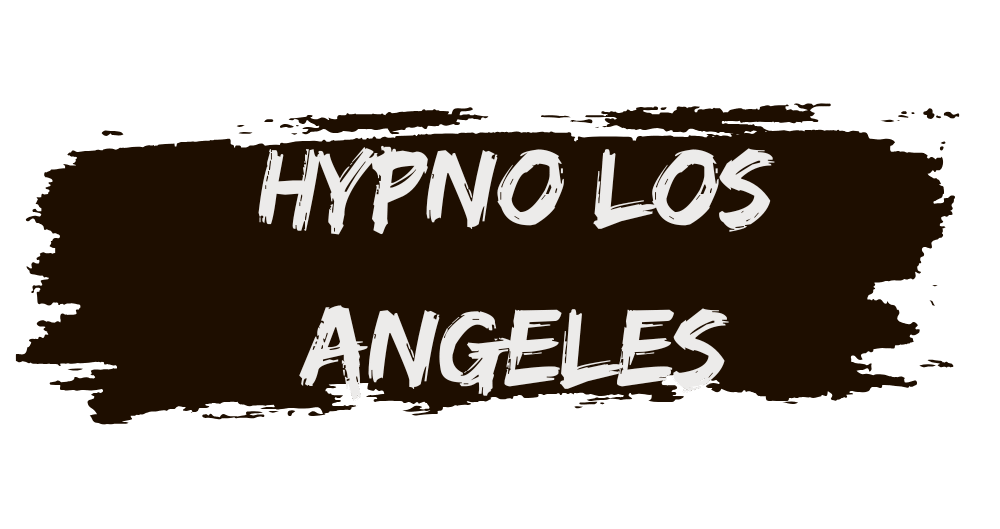Have you ever come across an old coin and wondered if it’s worth more than its face value? In the world of rare coins, one particular penny has made headlines for all the right reasons the 1943 Bronze Lincoln Wheat Penny. One such coin has reportedly been sold for a staggering $7.1 million, and experts believe there are still a few left in circulation.
Let’s break down why this coin is so valuable, how to identify one, and what to do if you think you’ve found it.
Why the Coin Matters
The Lincoln Wheat Penny series, first introduced in 1909, is one of the most iconic coin designs in the United States. While millions of these pennies were minted over the years, the 1943 bronze version stands out as a true rarity.
This isn’t just a coin—it’s a collector’s dream. A penny worth over $7 million can change your life overnight, which is why this particular coin matters to coin collectors and the general public alike.
Historical Background
During World War II, the United States Mint made a decision to conserve copper for wartime needs. In 1943, pennies were made using zinc-coated steel instead of the traditional copper or bronze. These new coins had a silver-like appearance and were magnetic due to the steel content.
However, by mistake, a small number of bronze planchets (metal blanks used to strike coins) from the previous year were left in the minting machines. These bronze planchets got mixed into the production line, and a limited number of 1943 Lincoln pennies were struck in bronze instead of steel.
Experts estimate that only 15 to 20 genuine examples of the 1943 Bronze Lincoln Wheat Penny exist today.
What Makes It Valuable
So why is this coin worth millions?
- Extreme Rarity: Only a few pieces were ever made, making it one of the rarest coins in U.S. history.
- Historical Error: The fact that it was struck by mistake adds to its uniqueness.
- Collector Demand: Serious coin collectors are willing to pay top dollar for such rare items.
- Auction Value: A 1943-D bronze cent was sold for $1.7 million in 2010. Another fetched around $840,000 in 2019. The most valuable known piece reportedly sold for $7.1 million in a private sale, according to collector sources.
How to Spot a Real One
If you think you’ve come across a 1943 Lincoln penny, here are some ways to check if it might be the ultra-rare bronze version:
- Color Check: Steel pennies look silver or grey, while bronze coins have a brownish or reddish tone.
- Magnet Test: Steel pennies are magnetic. A genuine bronze penny will not stick to a magnet.
- Weight Check: Bronze pennies weigh around 3.11 grams, while steel ones weigh about 2.7 grams. Use a precise digital scale.
- Date and Mint Mark: Check the date “1943” and look for the mint mark under it (D for Denver, S for San Francisco, or no mark for Philadelphia).
Even with these tests, it’s always best to get professional verification.

Real-Life Discoveries
The story of these pennies isn’t just theoretical. Over the years, several lucky individuals have found 1943 bronze pennies in everyday places:
- A teenager found one in his lunch money change in the 1940s and sold it years later for tens of thousands.
- Another example turned up in a deceased man’s coin collection and sold for hundreds of thousands at auction.
These stories are proof that the coin is not just a collector myth—it’s very real and very valuable.
Where It Might Be Hiding
You don’t need to be a collector to stumble upon a rare coin. These bronze pennies could still be:
- In old coin jars at home
- In inherited coin collections
- Mixed into boxes of old currency notes and coins
- Sitting unnoticed in someone’s piggy bank or wallet
So the next time you clean out a drawer or go through inherited items, take a moment to check the pennies.
What to Do If You Think You Have One
Think you’ve found the jackpot? Don’t rush. Follow these steps:
- Don’t Clean the Coin: Cleaning can damage the surface and reduce its value.
- Perform Basic Tests: Use the color, magnet, and weight checks mentioned earlier.
- Get It Authenticated: Contact a professional coin grading service such as:
These experts can verify whether the coin is genuine and issue a certificate of authenticity.
- Consider an Auction: Once verified, you can approach auction houses that specialize in rare coins to potentially get top value.
FAQ,s
Q: How do I know my 1943 penny is steel or bronze?
A: Use a magnet. Steel pennies will stick to a magnet; bronze will not.
Q: Can the coin be fake?
A: Yes, many counterfeits exist. Always get professional grading from PCGS or NGC.
Q: What if my coin has a different year?
A: Only the 1943 bronze penny is known to be this rare and valuable. Other years have value too but not in the million-dollar range.
Q: Are these coins legal to sell?
A: Yes, you can legally sell collectible coins as long as they are genuine and legally obtained.
Final Thoughts
The 1943 Bronze Lincoln Wheat Penny is not just a collector’s item—it’s a piece of history with the potential to make someone an overnight millionaire. While the chances of finding one are slim, they’re not zero. It’s worth taking a second look at those old coins you’ve been ignoring.
If you believe you’ve found one, don’t guess get it professionally evaluated. Who knows? You might be holding one of the rarest coins in U.S. history.


